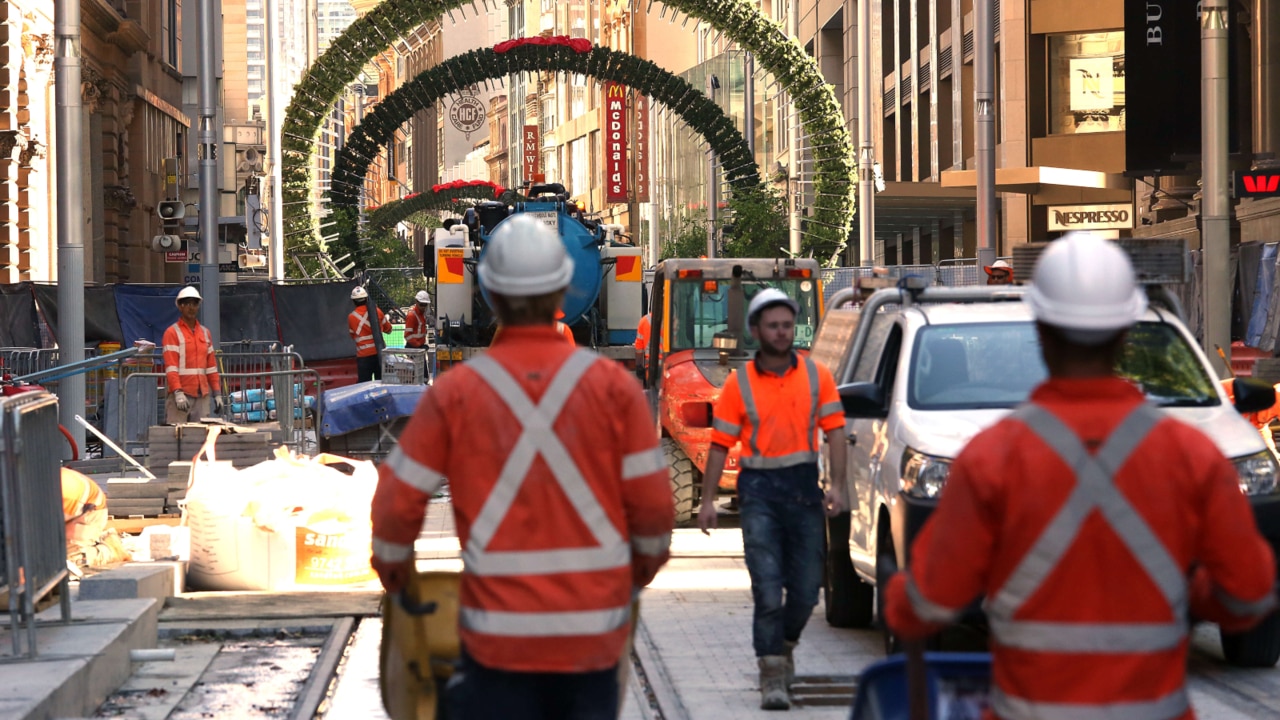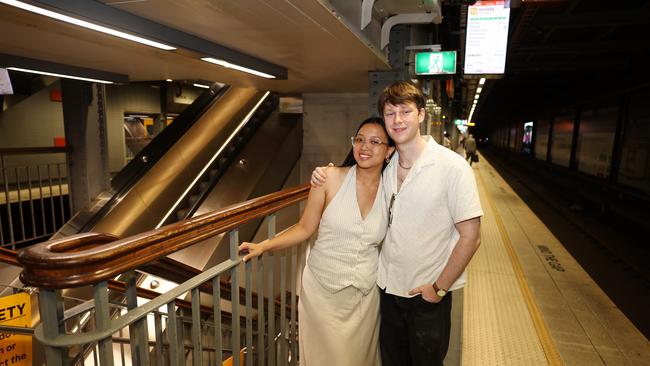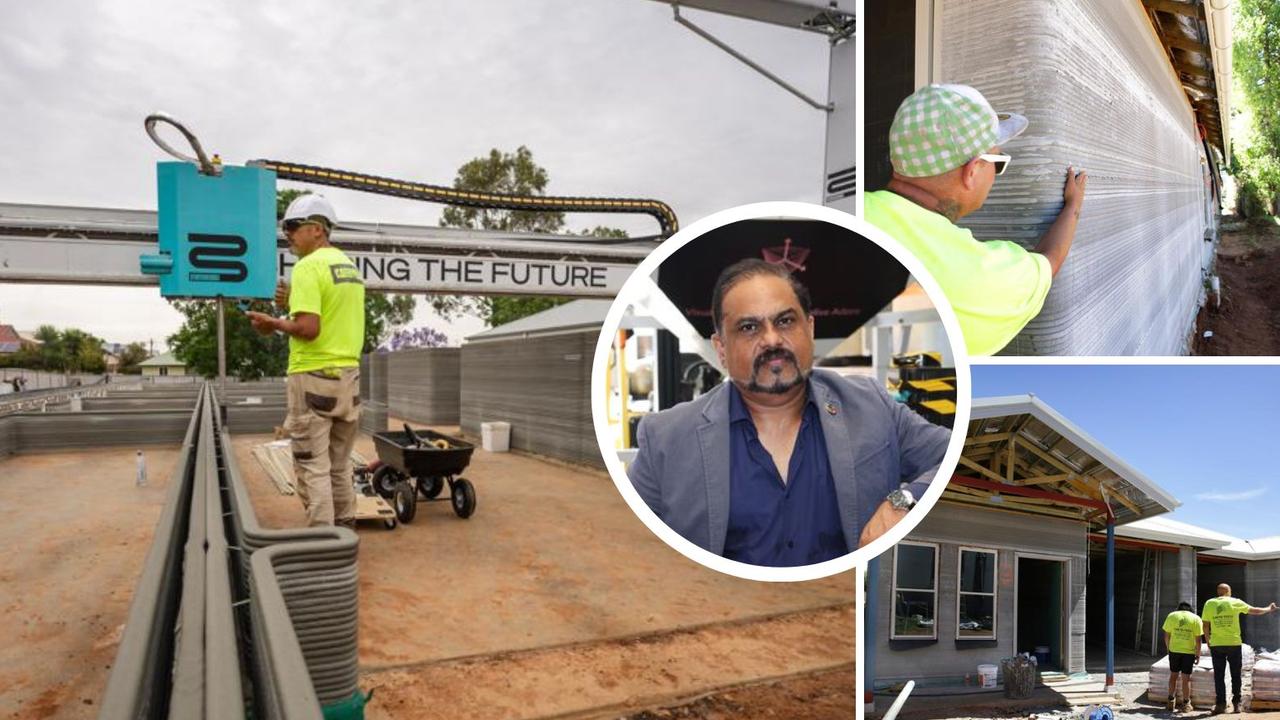Sydney travellers flock back to public transport seven days a week
The Metro effect is being credited for a public transport renaissance, with Sydneysiders heading back onto trains, ferries and buses as well.

NSW
Don't miss out on the headlines from NSW. Followed categories will be added to My News.
Sydneysiders are heading back to the office in droves, with the latest departmental figures showing a staggering 20 per cent surge in public transport use.
And on weekends and holidays, ferry or light rail travel has become so popular that it has eclipsed pre-Covid levels, contributing to $1.5 billion in public transport revenue.
With the success of Sydney Metro City services and employers getting workers back to the office, public transport patronage is on track to surpass pre-pandemic records next year.
The annual Transport for NSW figures show there were 629 million ticketed trips in the 12 months to the end of June this year – just 106 million short of 2018-19.
Contributing to the growth was a rise in the number of people ditching the car for public transport on weekends and public holidays.

Patronage on weekends rose 17 per cent, with the number of trips taken on ferries and light rail eclipsing pre-Covid travel rates and growing faster than weekday travel.
As for the Metro, it has three times the number of weekend travellers than it did when only operating as a North-West route.
Transport for NSW officials also attribute to rise in popularity of weekend and holiday public transport use to an increase in bus services to Sydney’s eastern beaches over summer and the new Australian-built airconditioned Parramatta River ferries taking to the water.
The extended Light Rail operating times on the L1 – which now runs from 5am to 1am – are also believed to have made public transport a more attractive option.
Public transport use is expected to continue to rise given the new Metro City Line figures show it is already transporting around 200,000 passengers daily.
New rolling stock will come on line for Intercity Travel in the next 12 months, as well as more new ferries, electric buses and the construction of the next three metro projects – all of which are expected to make public transport more attractive to punters.
Fare revenue in 2018-19 came in at $1.571bn – about $40m more than this latest period. Unsurprisingly, the 2021-22 financial year was the worst for patronage on the public transport.
Maximum fare prices are set by the Independent Pricing and Regulatory Tribunal.
Fare revenue covers around 20 per cent of the total cost of operating public transport services with NSW Treasury funding the shortfall.
While they are back, more commuters are travelling outside peak hours – a trend that prompted the government to adjust timetables.
Mondays and Fridays had about 62 per cent of other weekdays’ journeys, suggesting that those are the most popular choices for a work from home day.
Transport Minister Jo Haylen said “Metromania” was helping encourage more people to ditch the car.
“People are voting with their feet and are coming back to public transport,” she said.
Do you have a story for The Daily Telegraph? Message 0481 056 618 or email tips@dailytelegraph.com.au





